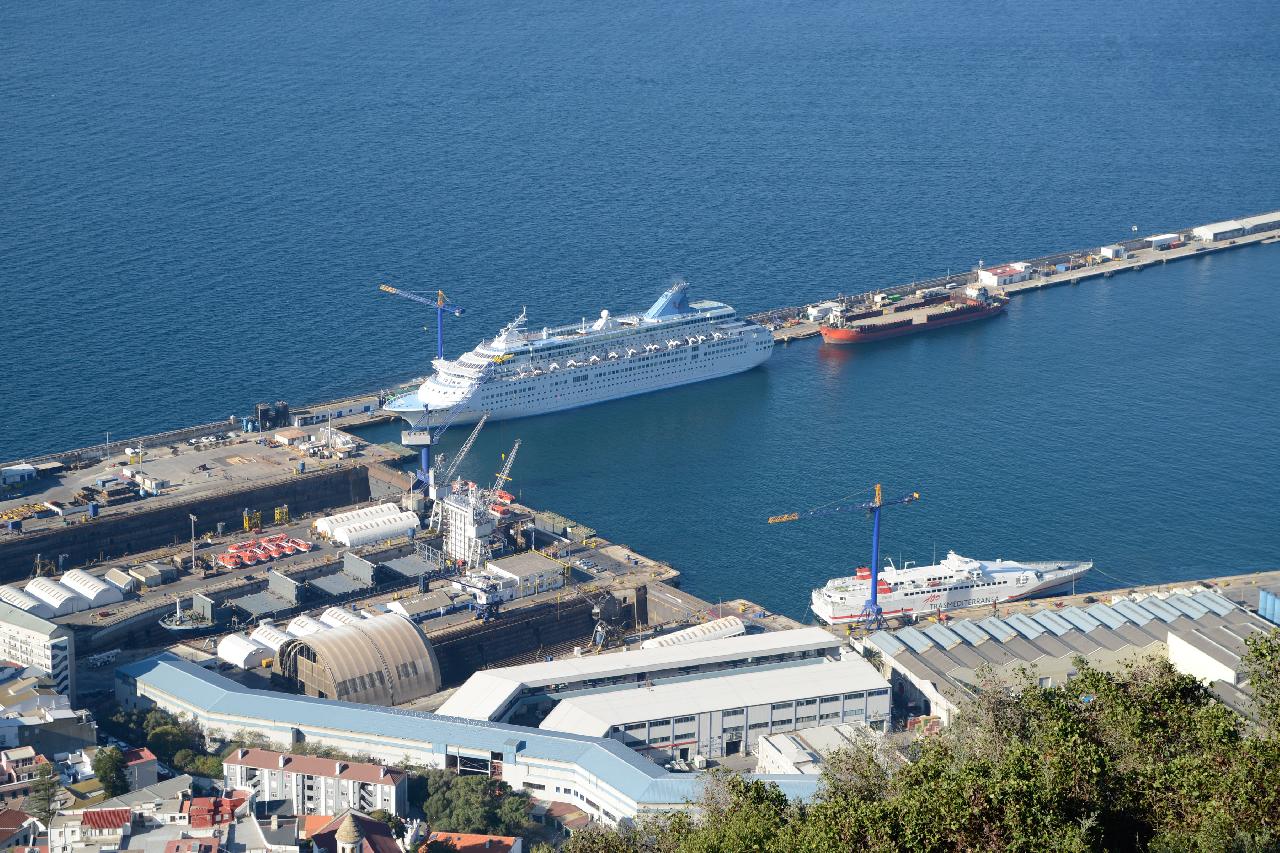advertisement
The Digital Port: Translating 5G Into Efficiency

The global pandemic did more for disruption and digitalisation than any well-oiled sales presentation could ever do. The sudden lockdowns, the upheavals and the pressures on creaky legacy infrastructure saw organisations, government institutions and industries radically redefine their digital-first approaches and budgets. For ports in East Africa, the pandemic meant radical changes designed to overcome the limitations imposed by regulations and declining trade flows and this meant dealing with challenges around cargo handling capacity, connectivity, and capability. According to George Verdes, Head of Transportation for Middle East and Africa at Nokia, terminal operators have to reassess their communications technologies as they not only play a key role in collaboration across terminals but are essential to embedding sustainable digital transformation.
“Volatile global markets, shifting transport routes and growing vessel sizes have put pressure on terminal operators to adjust to dynamic volumes and the rise of container traffic,” says Verdes. “High-pressure supply chains want speed, agility and improved coordination and collaboration. Rail, truck, port – all these operators have to communicate effectively, and seamlessly, to deliver to supply chain mandates.”
It is a challenging landscape that is hungry for innovation and digitalisation. Supply chains and organisations are looking for solutions that allow them to fully realise the potential within Industry 4.0 technologies such as the Internet of Things (IoT), artificial intelligence (AI) and machine learning (ML). These technologies have the potential to transform terminals and their operations through automation, intelligence, and edge compute – providing data and insights on demand and streamlining the multiple threads that comprise daily activity within ports and the supply chain. However, there is one technology that underpins the success of AI, ML, IoT and intelligent technology – connectivity. And today, that connectivity is defined by 5G.
advertisement
“The new 5G technology has the features and capabilities required by port authorities to meet the needs of multiple terminal applications and use cases,” says Verdes. “One of the biggest challenges facing port operations in East Africa is cost – budgets are tight, even more so now after the pandemonium of 2020, and so any investment has to be weighed up against long-term sustainability and short-term need. With 5G, there is the opportunity to optimize costs and minimise installing and running multiple networks, because the consolidation into one network technology reduces complexity, increases reliability and ensures security.”
Overcoming existing wireless communications challenges and enabling automation is critical for most terminal operators. Existing wireless technologies such as WiFi is not meeting the current needs due to unreliable connections, gaps in coverage, interference from container stacks and inefficient bandwidth usage, and will not allow for future automation either. Operators continue to juggle numerous wireless network technologies that have been deployed over the years. These networks are invariably application-specific, wireless, or proprietary and the average port terminal may be hosting more than five of these variable networks at any one time. This fragmentation of wireless systems can be simplified with 5G – this is not just another wireless technology to add to the pile, it is a step along a single pathway that is futureproof and relevant. And simplified.
“By consolidating onto a single wireless network, the terminal can expand the use cases for operations and enable new and next-generation applications,” says Verdes. “These use cases can have different unique coverage, capacity, latency and criticality needs and 5G can meet these specific requirements. This singular approach embeds reliability into the network, minimising the risks of communication breaks or system failure.”
advertisement
With a robust network in play, ports can manage their communication systems more closely and ensure improved collaboration and control in the yard, and they can reduce the impact of interference from metal containers and neighbouring wireless networks. One system, one solid foundation that streamlines communication and ensures that essential services are not disrupted and that wireless broadband and low-latency connectivity are reliable and predictable. There is immense value in simplifying everything into a single, converged wireless communications platform that meets the requirements of the terminal while providing a springboard for future operations advancements and innovations.
“Although LTE has been available for more than a decade, it was designed for CSP deployments,” says Verdes. “Now, however, with the opening up of spectrum and the increase in cost-effective LTE and 5G solutions, it has become far more accessible and capable. It offers terminals significant advantages over legacy systems thanks to its ability to provide security and reliability, and to ensure prioritised capacity and pervasive coverage.” The super-charged capabilities of 5G mean that this technology can handle any applications run over wireless in terms of reliability, security, and capacity, but it will add in the flavours of scale, low-latency, and industrial automation.
“The advanced capabilities of 5G will improve applications that are currently a challenge to support with technologies such as Wi-Fi, and it will enhance the automation of freely ranging container handling equipment,” concludes Verdes. “Its potential is impressive and far-reaching. From allowing for improvements in container handling, area security, and real-time data-driven decision-making, to predictive maintenance, asset monitoring, and real-time performance optimisation – 5G introduces significant layers of value to terminals and their efficiencies.”
advertisement
The future is connected, and 5G opens doorways to potential and innovation that have previously remained firmly sealed shut. In this future, East African terminals can enhance operations to meet the increasingly complex demands made by supply chains and industry.

George Verdes is the Head of Transportation for Middle East and Africa at Nokia. You can reach him on george.verdes@nokia.com